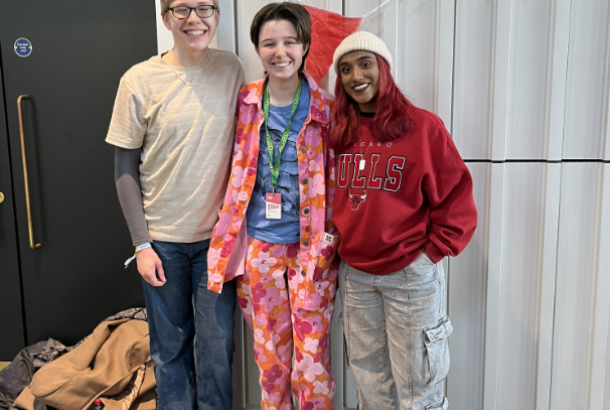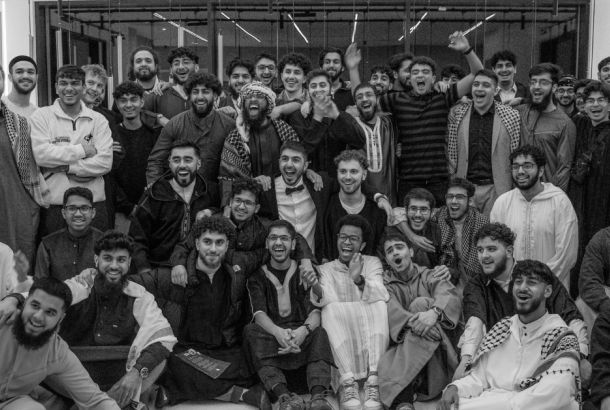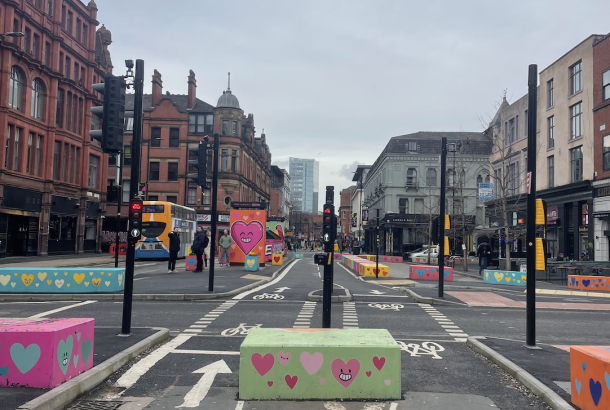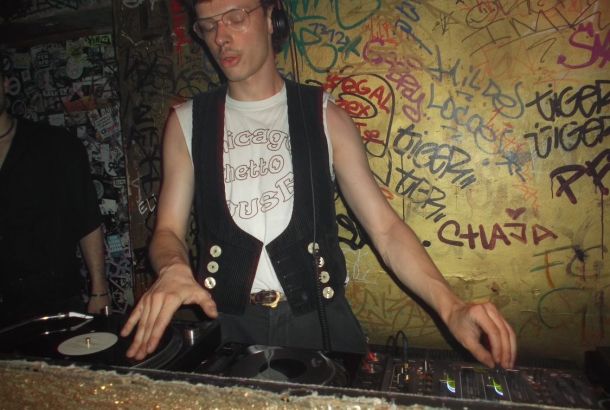Why Withington Walls are so colourful

Street art is often a great way to learn about a community, and the values and ideas it subscribes to. Withington and its street art are no different.
Withington Walls is a community-led, art project which, in recent years, has helped to bring the Withington high street to life. The pieces it has curated feature on some of the area’s favourite spots including Southside, The Vic, Fuel, and Moon.
I first came across the project’s artwork on a typically gloomy, winter afternoon in Manchester. I was walking along Withington high street, when I noticed the luminous artwork featured above Southside and Herbivorous. The colours seemed to effortlessly contrast with the grey sky, whilst also lighting up the street around it- making a moody day just that bit brighter.
It is quite apt, then, that Withington Walls’ origins lie, in part, in sunny Miami, as Founder, Ed Wellard explained. “Wynward walls”, a street art project in Miami inspired the co-founders to launch the project, and more specifically the name. When matched with the passion of the community, the name, “Withington Walls”, really helped the project take off.
Ed told us there was a general attitude of, “let’s do this, why not Withington? That’s the thing. Why think this is something other places do, or ‘we could never make that happen’?” The attitude brought the project to life and is a key part of its current success.
Throughout the interview, it was clear to see the importance of community to Withington Walls. After all, brightening up the community was the main reason behind its creation.
Two artworks which encapsulate this goal are the self-affirming pieces on Palatine Road. They feature phrases such as, “You’re amazing” and “You’re beautiful” which aim to pick people up after receiving some bad news or following a difficult day at work.
Ed remarked that “it’s remarkable how often people who have had treatment from the Christie get in touch to say that murals like ‘keep the faith’ gave them comfort or courage before they were about to have an operation.”
Ed also told us the importance of street art during the pandemic and how “during lockdown, when we were all stuck in our houses and looking for another way to connect with the world, a lot of people reached out and said that finding out new artworks on their lockdown walks really helped them through the pandemic years.”
This importance of community is embodied by Withington Walls. If a community isn’t there to help and assist when others are at their most vulnerable, then what is it there for, after all? It is important to remember that this project didn’t need to exist, and, even in its existence, it didn’t need to make a point, or help people through their struggles – yet it did regardless.
Something that struck me throughout this interview is the fact that every artwork has a purpose and an inspiration behind it. The art wasn’t a council project done in an attempt to revive a failing high street, it was community-led and community-funded in order to brighten people’s days when they need it most, or when they don’t.
The strength of the community in Withington was shown not just to Manchester, but to the world, after England’s loss in the Euro’s final. One of the most renowned pieces, a Marcus Rashford mural, was vandalised with racist graffiti after Rashford missed a penalty in the final. In response to this, the people of Withington covered the mural with cards, flowers, and messages of support.
Ed recalled how “It wasn’t about Withington walls, it was about Withington and the people of Withington. It wasn’t Withington Walls that put those first messages on.”
Ed also spoke about the positive response that arose from the situation, saying that “it was really significant to speak about the issues it had brought to the surface.”
This positive response resulted in the project raising £30,000 for food banks, inspired by Rashford’s work in providing free school meals. The importance of community is clear. What at first was a traumatic experience turned into a positive one, showing that through the medium of art, you can achieve real social change and have a real impact.
Ed told us how this impact is sometimes on a global scale, with people from Japan to America donating to the project. There was also another occasion where a farmer, who just so happened to be listening to Ed speaking about Withington Walls on Radio 2, donated £3,000. Ed spoke with amazement, “a bloke with no connection to Withington and the type of person you’d think would not be interested, wanted to get behind the project.”
The donations received, in many ways, reflect the values the project holds dear. The values of community, quality of life, and mental well-being are all at the core of what the project aims to achieve.
With regards to improving your local community, Ed recalled the importance of learning the value of community and making a difference, not just through art, but things as simple as litter picking. Most important for Ed, though, is “actually taking physical action, and giving time and energy to make your day better, in partnership with your local community is really powerful.”
I also asked Ed about the project’s plans, and there is a lot to be excited about. There are artworks being planned for International Women’s Day, as well as the potential for some new art in April or May. So keep your eyes peeled when in Withington!
The final question asked was, “what would you say to someone who was interested to start a similar project somewhere else?” The response: “Make it happen.”







